
Location: Eastern part of the Rear Building
The exhibition showcases the renovation process of Prince Kung’s Palace from 2005 to 2008.
Renovation project revitalizes Prince Kung’s Palace
The protection and renovation project of Prince Kung’s Palace and cultural relics started in December of 2005 and was completed in June of 2008. A total of 200 million yuan ($ 27.9 million) was invested, with 160 million yuan in state financial support - a rare national investment in the history of ancient architecture protection.
As a key project of cultural heritage protection during the 11th Five-Year Period, the renovation project not only preserves the Qing Dynasty (1644-1911) mansion for future generations, but also accumulated valuable experience in relevant fields.
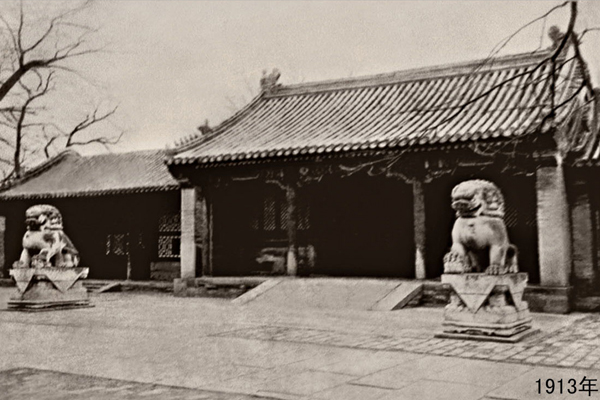
A picture taken in 1913 shows Palace Gate One of Prince Kung’s Palace.
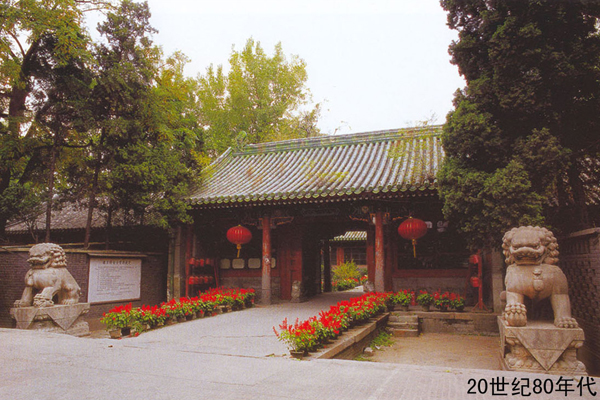
Palace Gate One of Prince Kung’s Palace in the 1980s
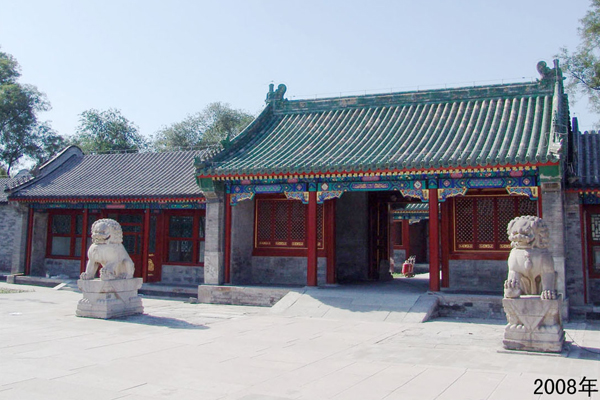
Palace Gate One of Prince Kung’s Palace in 2008
Reasonable plan and careful preparation
As the country’s principle stipulates, the operation of cultural heritage should emphasize preservation, timely rescue, sound utilization and enhanced management. On the basis of a thorough survey of Prince Kung’s Palace and expert knowledge, the guideline for the protection project was established. It holds that the protection and renovation process should firstly follow historical clues, with experts’ consented advice serving as secondary sources. Structures are maintained in their status quos when neither clues nor advice are available, in order to avoid unsympathetic repairs.
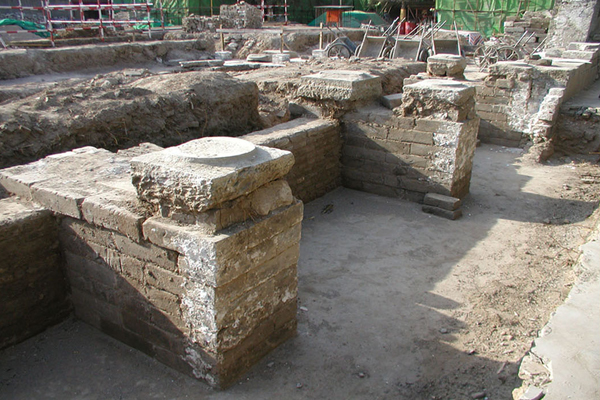
Part of the underground ruins of Yin’an Hall (Hall of Silver Peace)
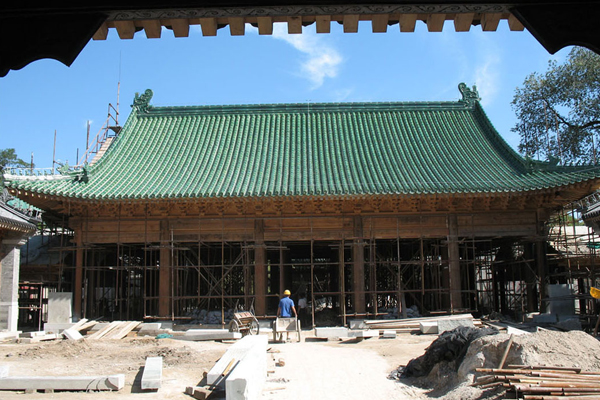
Construction site of Yin’an Hall
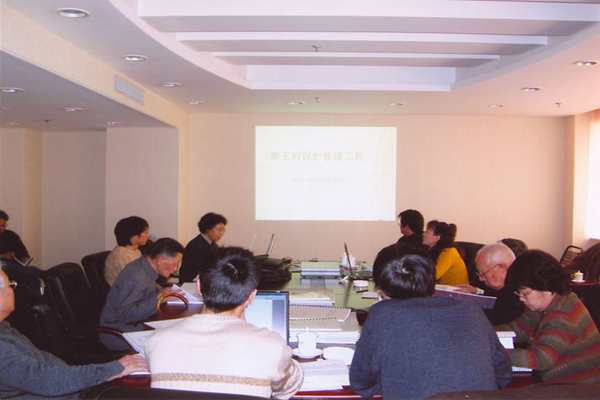
Experts reviewing the renovation of Prince Kung’s Palace
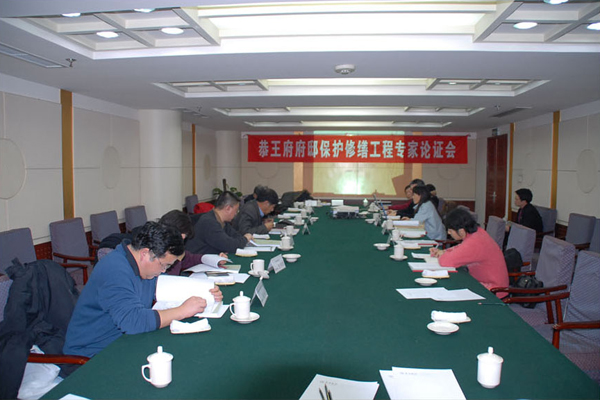
Conference on the renovation project of Prince Kung’s Palace
Strict management and meticulous construction
A task force on the renovation project management was established in April 2004. Beijing Gauging Consultants Co., Ltd and Beijing Huashengzhongtian Consulting Co., Ltd were entrusted to guarantee project quality and the reasonable and legal use of funds. This successful experience provides reference for the management of ancient architecture renovation across China.
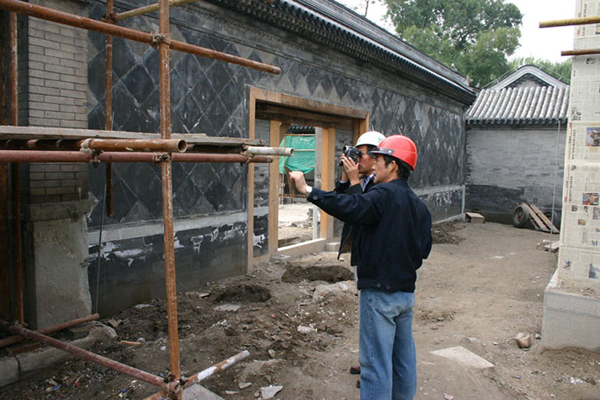
Workers record data on the construction site.
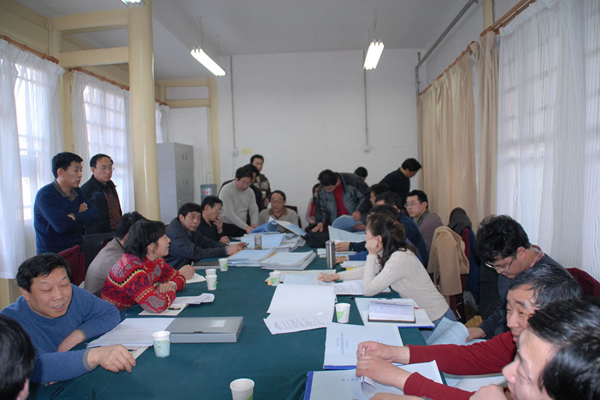
Regular meeting on the renovation project is held.
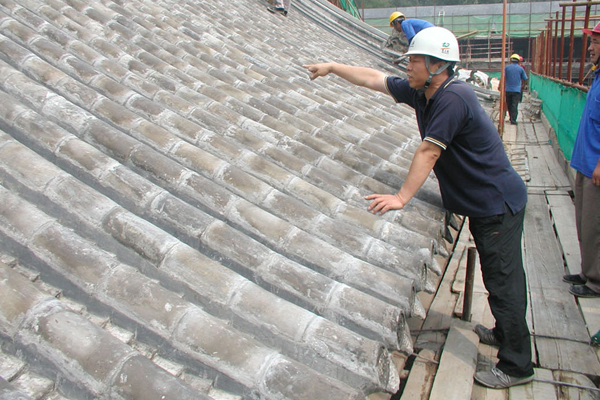
A worker checks the project.
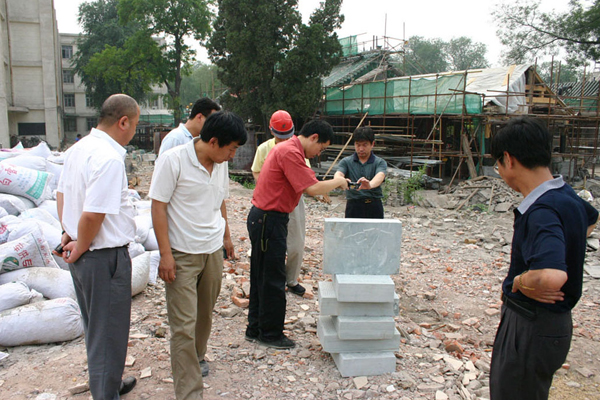
Workers check the quality of building materials.
Respecting history
It is duty-bound to preserve the precious historical information left in the architecture of Prince Kung’s Palace. For instance, there are various types of polychrome decorative paintings with high historical and artistic values on the structures of the mansion. A conservation plan on the paintings was formulated, with detailed methods developed according to characteristics of the craft from different periods.
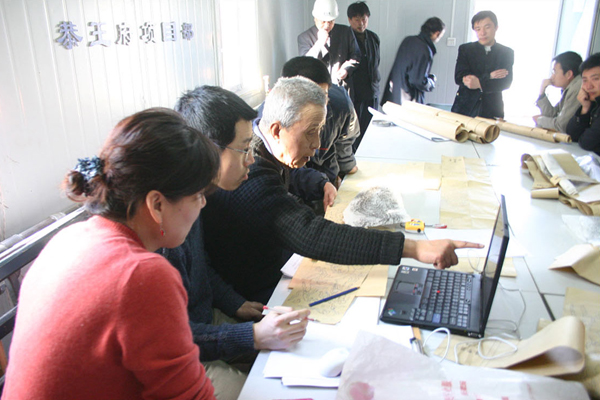
Museum staff and craftsmen discuss and draft the preservation plan.
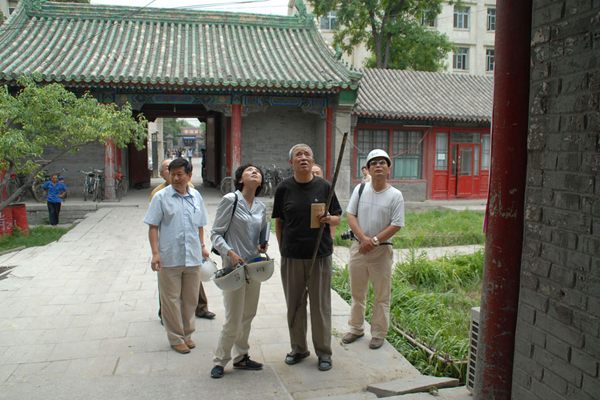
Experts inspecting the decorative paintings on architecture
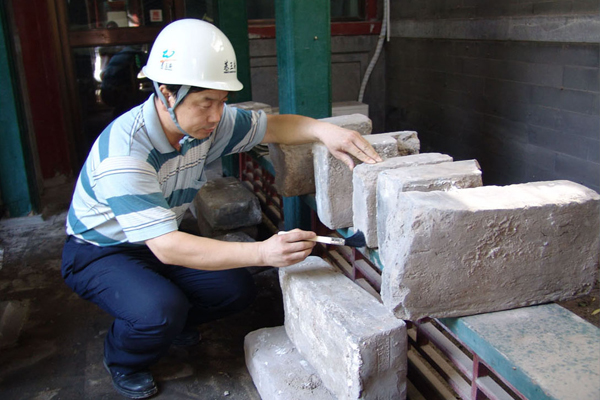
A worker collects architectural components.
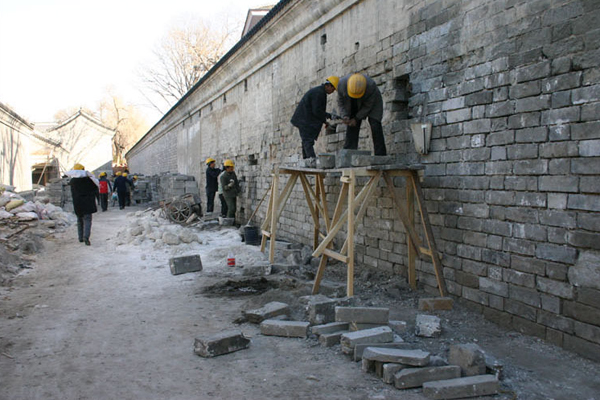
Workers mend a wall.
Scientific methods
Traditional materials, structures and skills adopted in the renovation process were complemented by multiple scientific methods.
As Prince Kung’s Palace is a wooden architecture complex, in order to conduct a thorough survey of the condition, including the biological deterioration of its structures, various scientific detection methods were employed alongside traditional methods.
The combination of traditional and modern technologies was also used in the protection and renovation of the polychrome decorative paintings. Mineral materials were used to clean the surface; softening and restoration technologies were adopted to treat the cracked, ageing and fragile parts; the traditional material of peach tree sap was used to reinforce the surface.
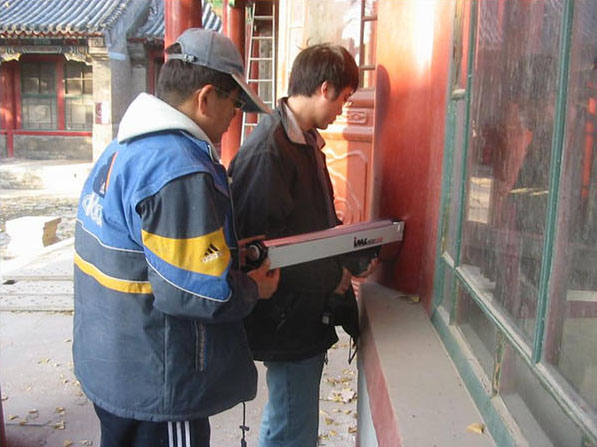
Workers test architectural materials.
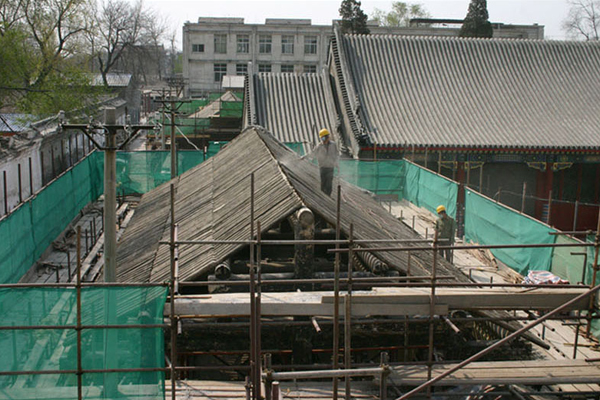
A worker treats the roof with rot-proofing materials.
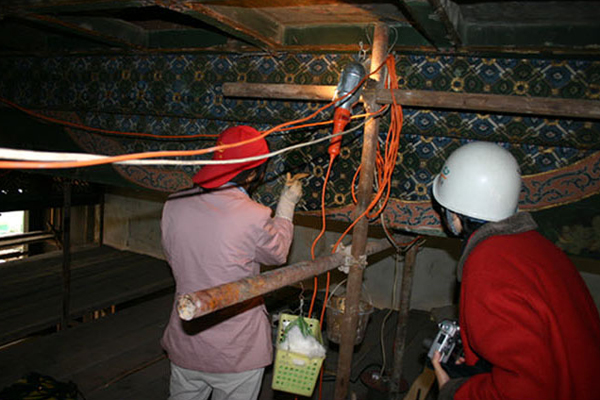
Workers clean the ancient polychrome decorative paintings on wooden structures.
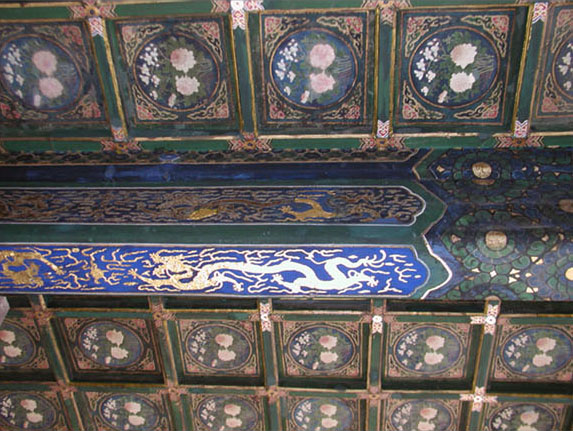
Polychrome decorative paintings after renovation
Epilogue
“Prince Kung’s Palace, a national-level ancient architectural complex, carries abundant historical messages. The protection and renovation project has managed to preserve the historical information left from the past 200 years, remove unchecked repairs and amendments and restore the architecture’s original charm.”
-- Guo Daiheng, professor with the School of Architecture at Tsinghua University and chief designer of the protection and renovation project of the Prince Kung’s Palace